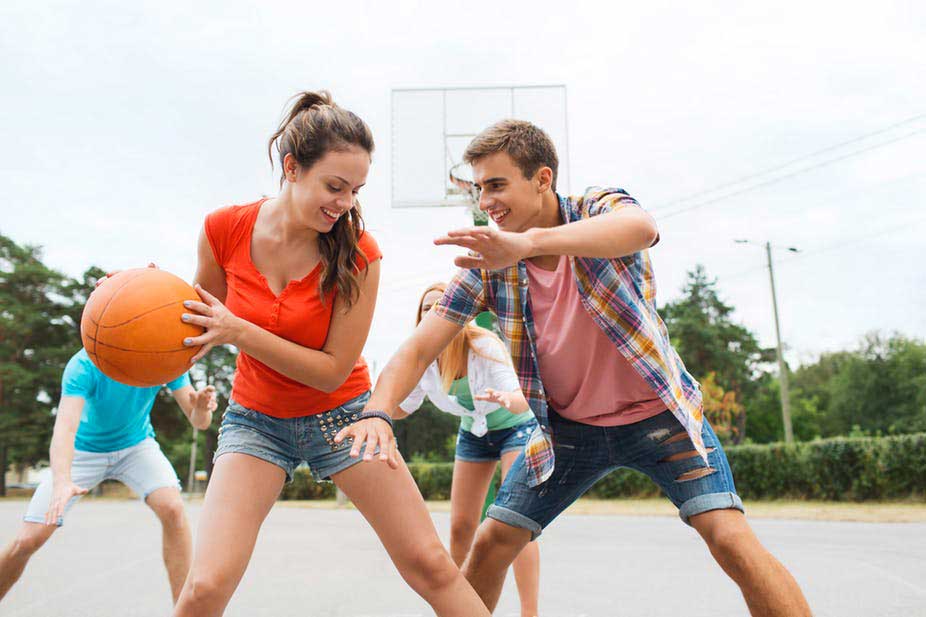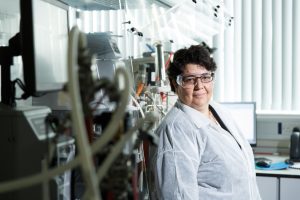LOCAL, cheaper, good quality activities are just a few recommendations made by teenagers who took part in a study by researchers based at Swansea University.
The recommendations made by the teenagers shed light on the barriers to exercise and what they feel could be done to help them engage more in sporting activities.
Physical inactivity is one of the most important issues in public health today, with heart and circulatory disease killing around one in four people in the UK. It has been linked to health issues later in life and is considered a key contributor to increased obesity. Studies have indicated that there is a decline in physical activity in adolescence. There are growing concerns that these young people are spending increasing amounts of time on sedentary activities including watching television, using a computer and playing video games.
The ACTIVE project, funded by the British Heart Foundation, worked with over 70 teenagers from 7 secondary schools in Swansea. It aimed to see whether giving teenagers vouchers to spend on activities of their choice – such as dancing, swimming, karate, skateboarding or BMXing – could reduce the time spent being sedentary, improve fitness, lower the risk of heart disease and improve general health.
As part of the study, the research team wanted to give the teenagers the chance to make their own recommendations to help other young people be more active and carry on being active in the future. The findings were very interesting with teenagers making several recommendations, including:
Lower activity cost without sacrificing quality. The teenagers said that lowering the cost of activities would help them become more active. They recommended that more free activities should be made available.
Local activities. Removing the need to travel to venues would go some way to making physical activity more accessible to teenagers.
Improve the standards of existing facilities. The teenagers who took part in the study all said that their local facilities need to be improved. Spaces, such as the local parks, have fallen into states of neglect and equipment is broken.
Make activities more specific to teenagers. The young people stated that there is very little that specifically invites teenagers to attend. They believed that council run services in particular neglected their age group.
Give teenagers a choice of activities. Teens don’t want to just be restricted to a small range of sports. The activities they suggested were less traditional, for example, dodgeball, trampolining or going to the gym.
Provide activities that teenage girls enjoy. Teenage girls in the study said that if they do not like what is on offer, they will not do it and would actually prefer to be inactive. The girls said they are more likely to be active if they can do activities they enjoy.
Michaela James, Trial Manager for the ACTIVE project, at Swansea University Medical School, commented: “It is clear that what is currently available for teenagers is not meeting their wants and needs. The ACTIVE Project is aiming to address this by empowering teenagers and giving them a voice. We are very proud to be working collaboratively with this group to help them become more active.”
Adam Fletcher, Head of British Heart Foundation (BHF) Cymru said: “Levels of physical inactivity and sedentary behaviour amongst young people in Wales remain stubbornly high, and increasing participation in physical activity is essential to improve our children’s health and preventing future cardiovascular disease.
“There are lots of different ways people can keep active, from playing football to dancing. The important thing is to find a form of exercise you enjoy, so that you make time for it in your weekly routine.”
“The ACTIVE research project is providing new insights and a better understanding of the barriers to physical activity by teenagers and this report includes some great recommendations into developing new ways to engage with teenagers and to tackle the growing problem of inactivity in young people.”


















Add Comment